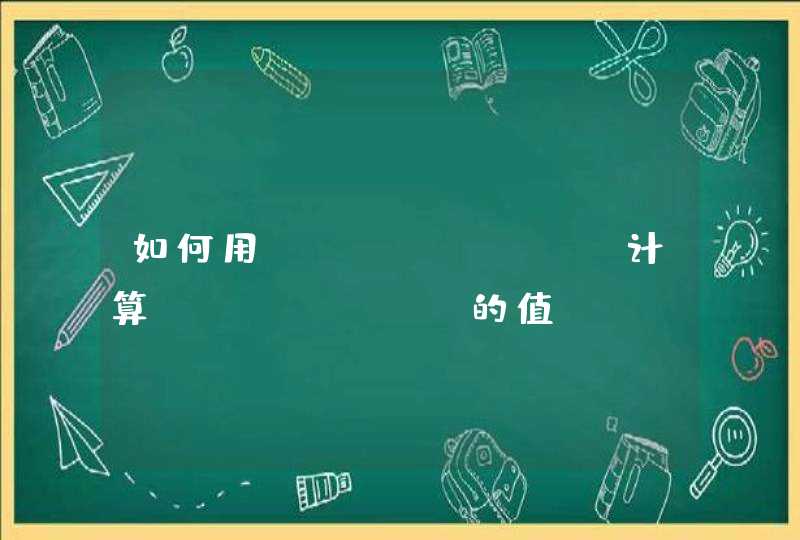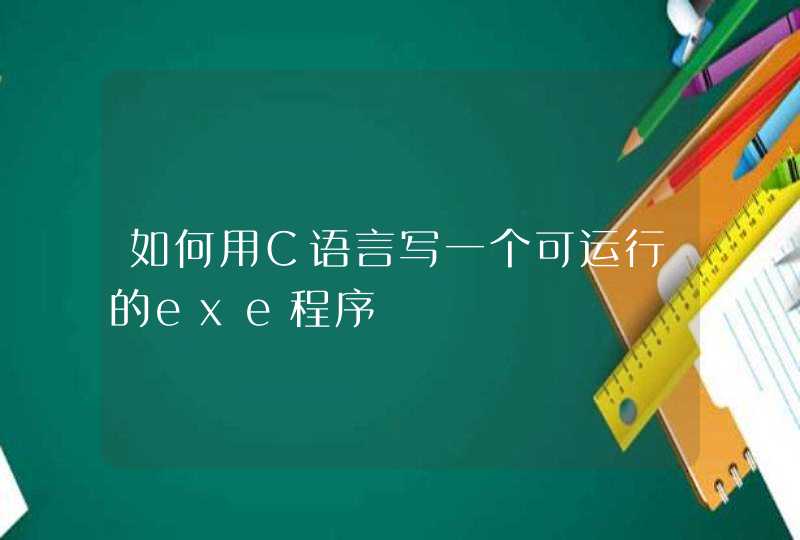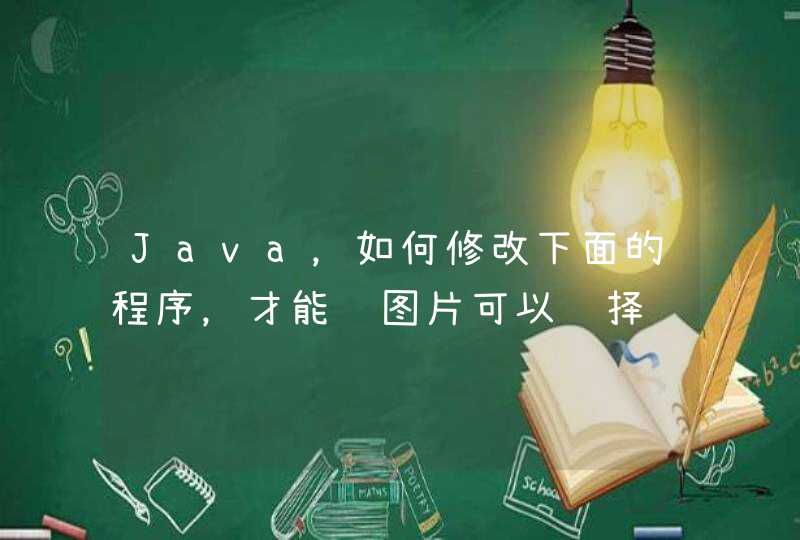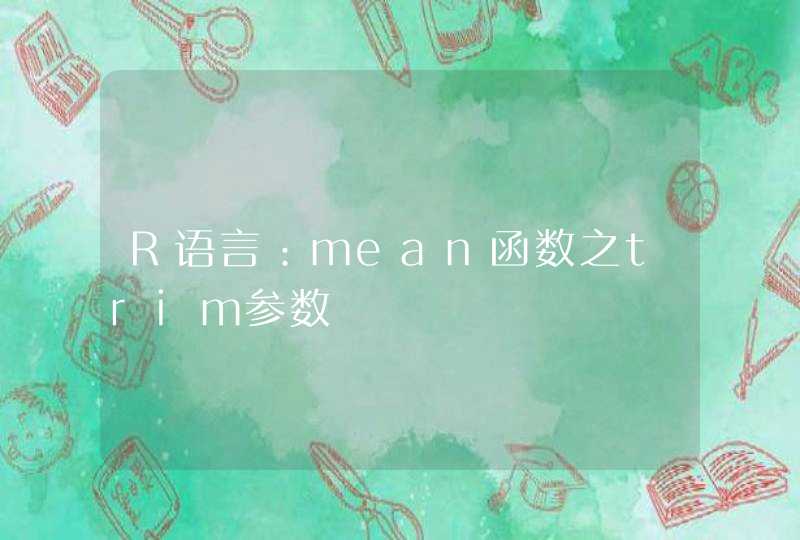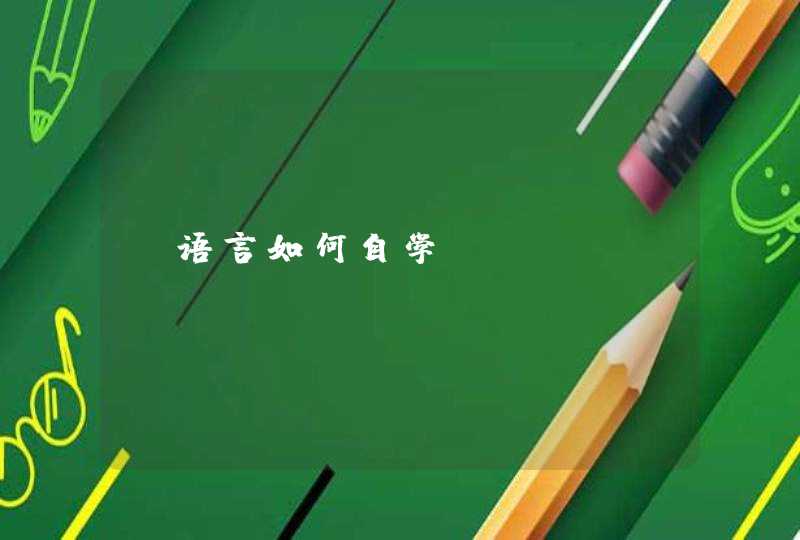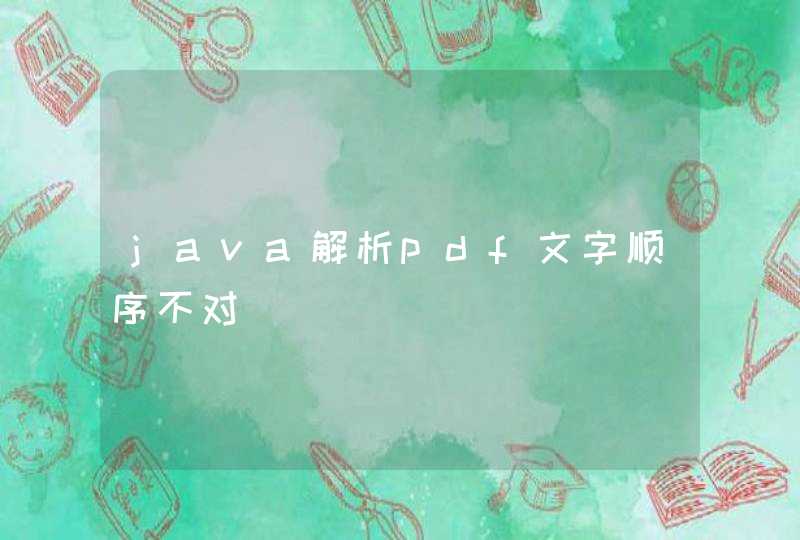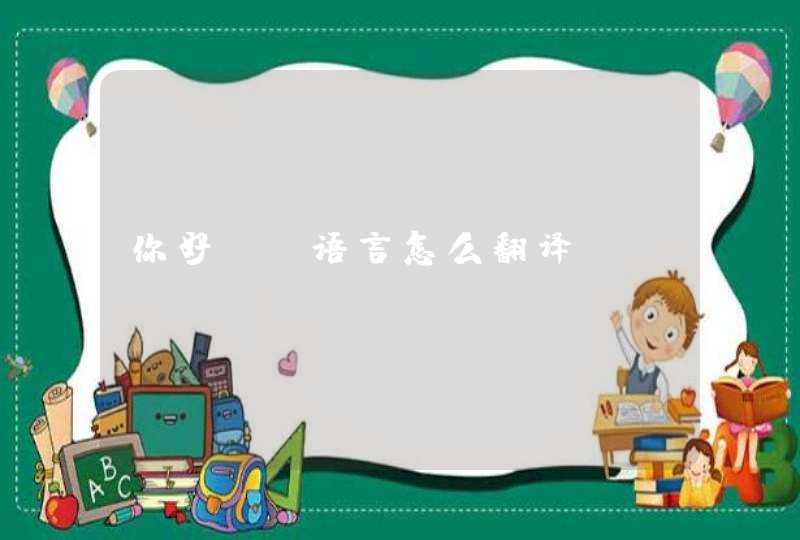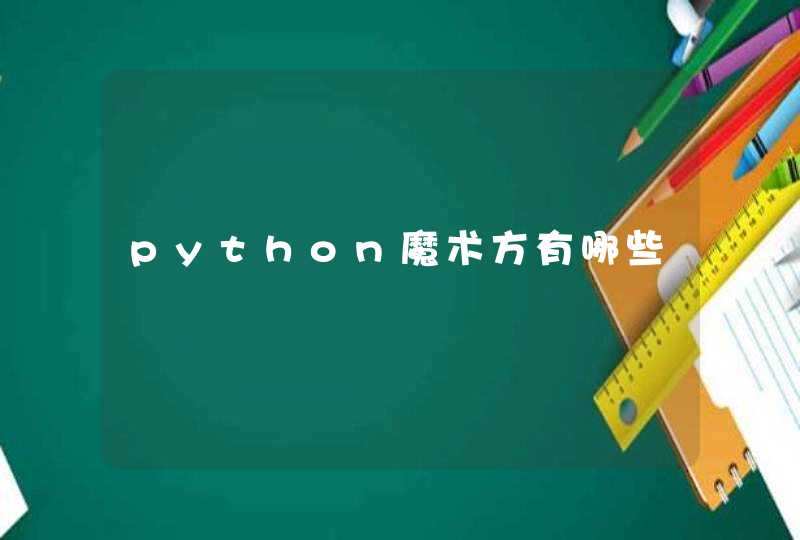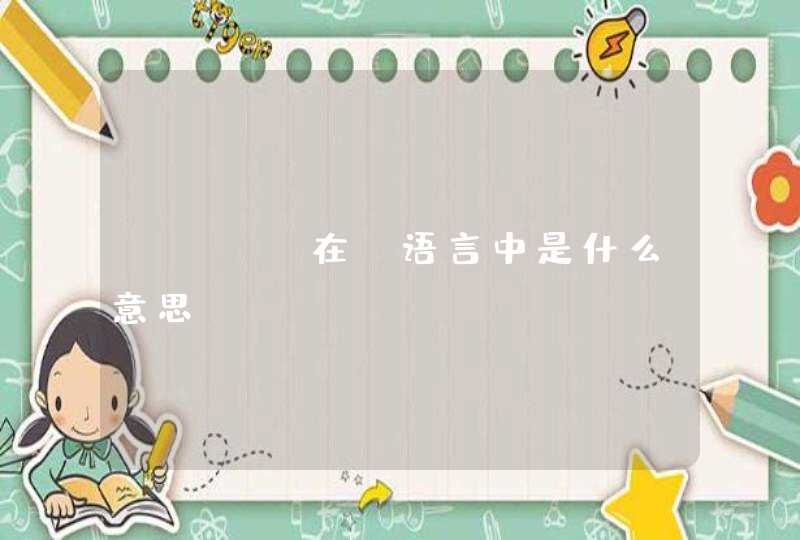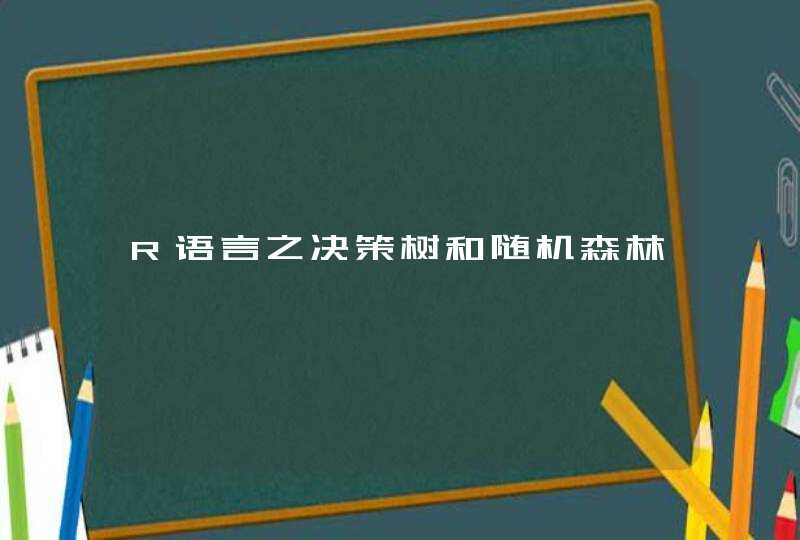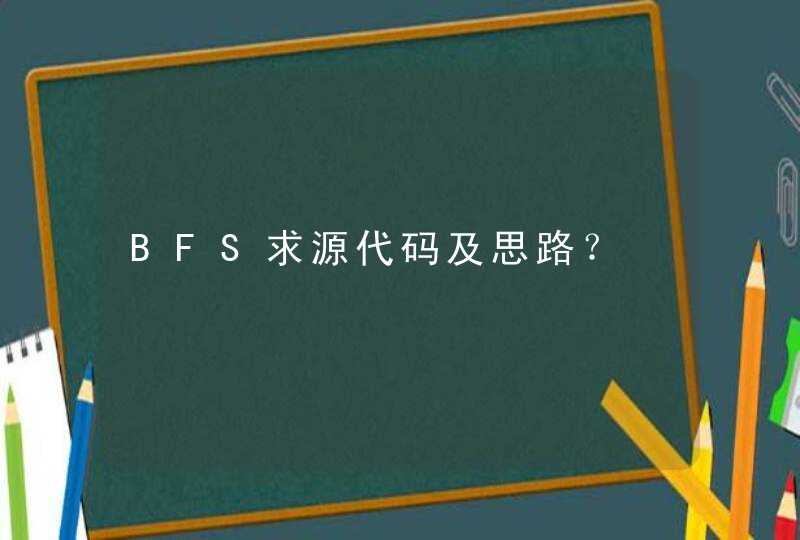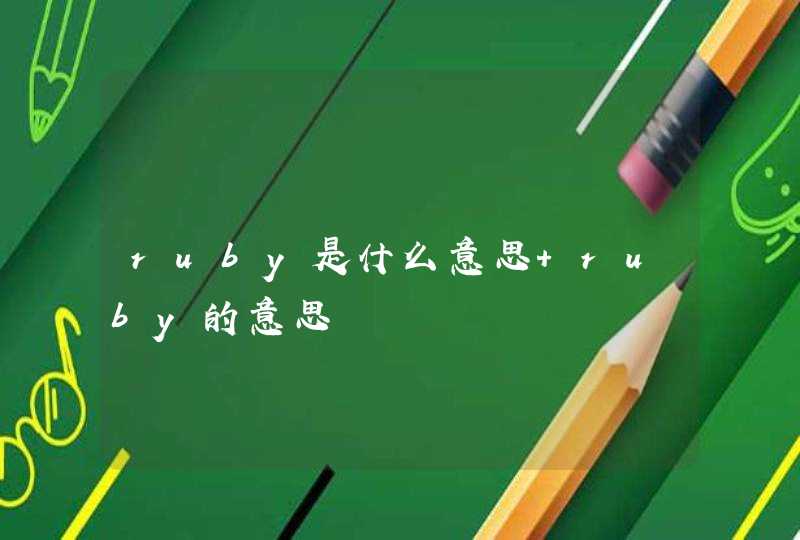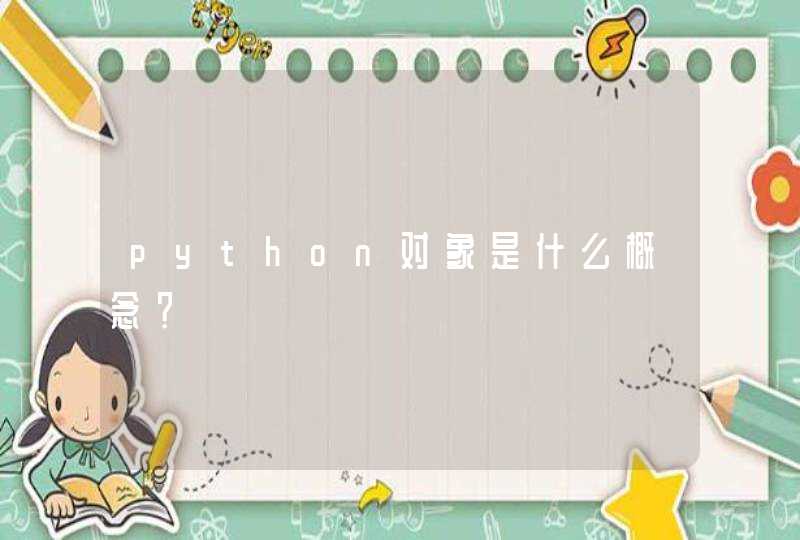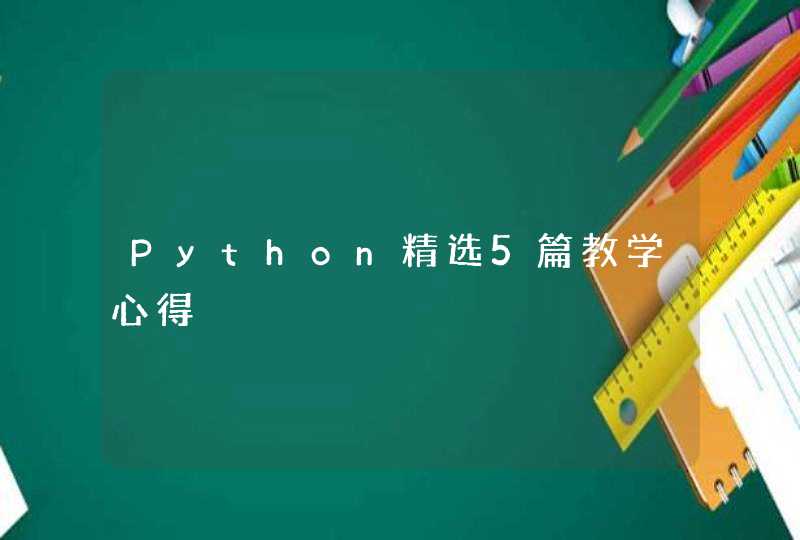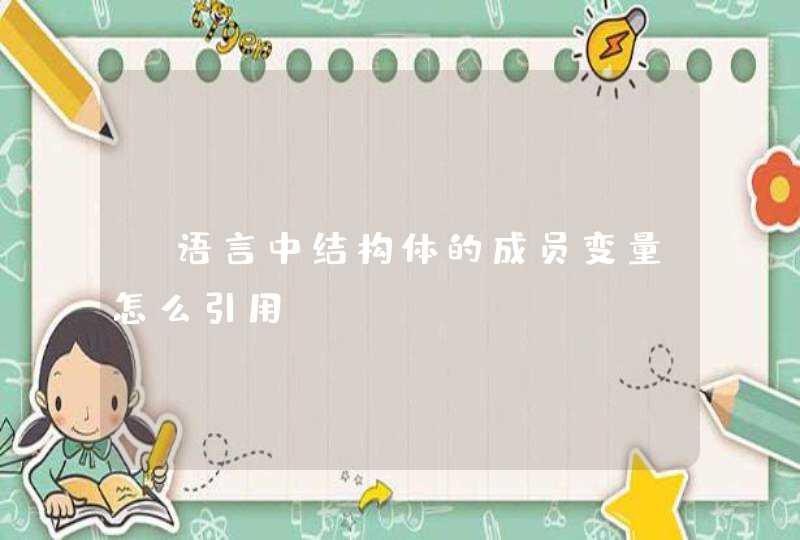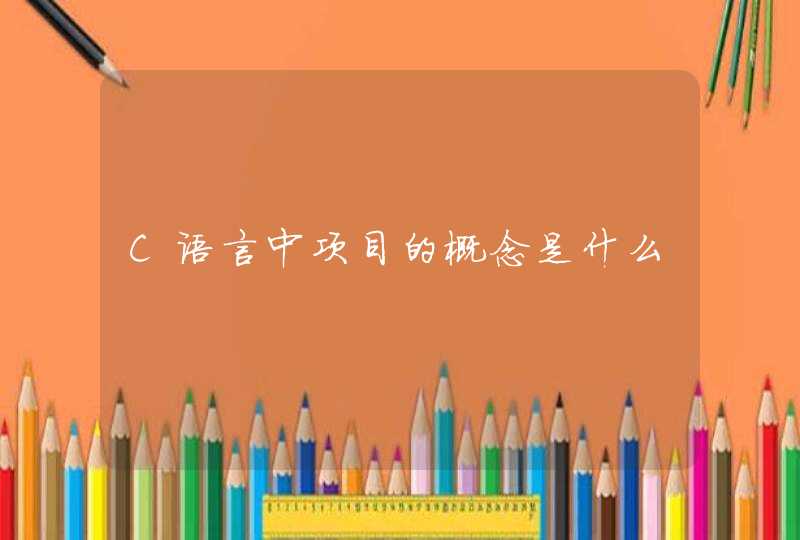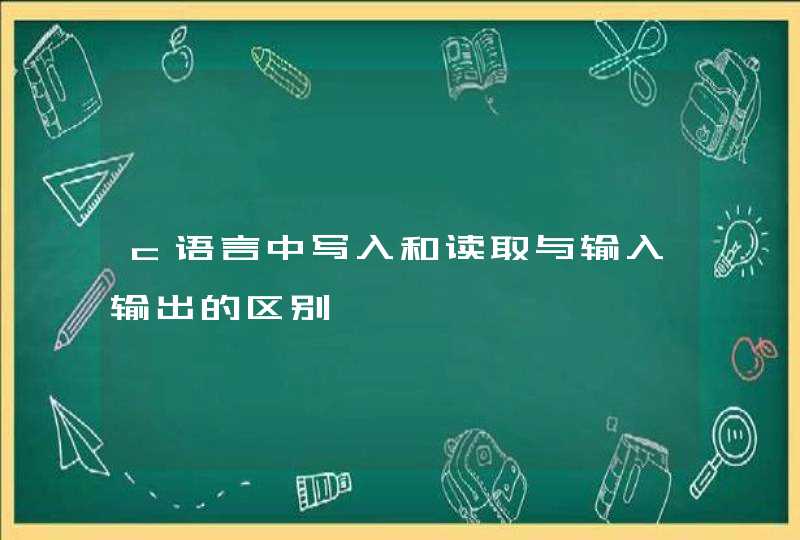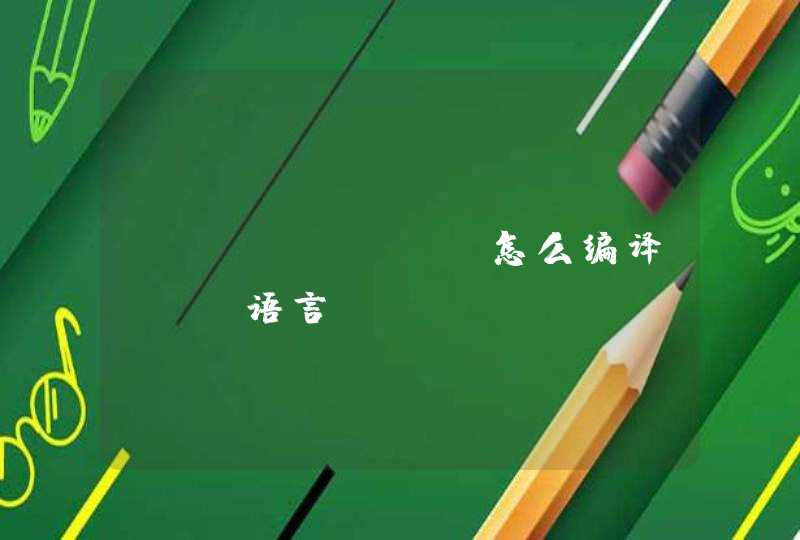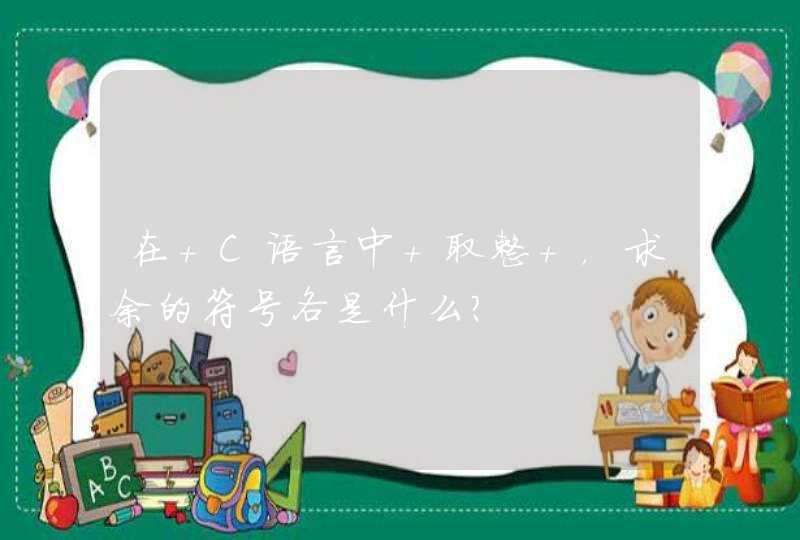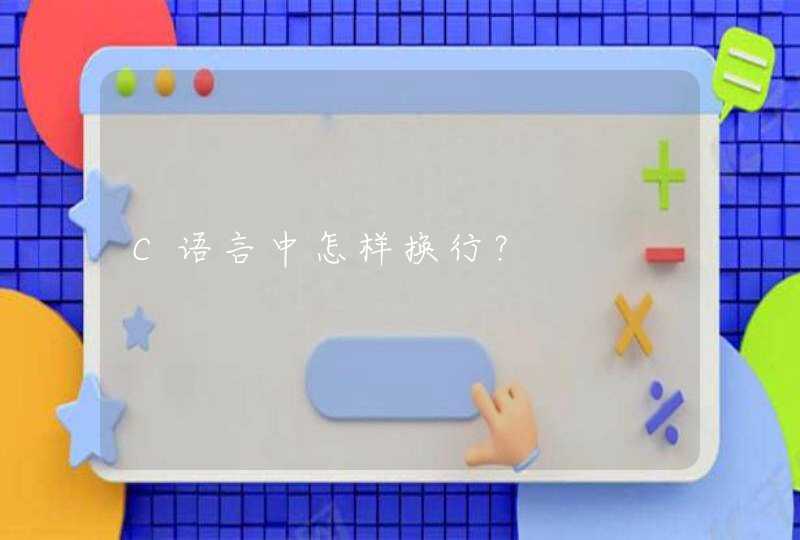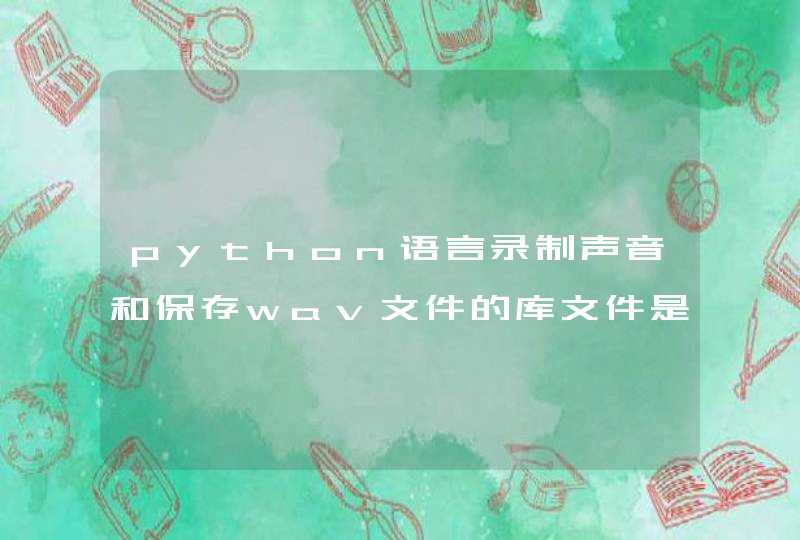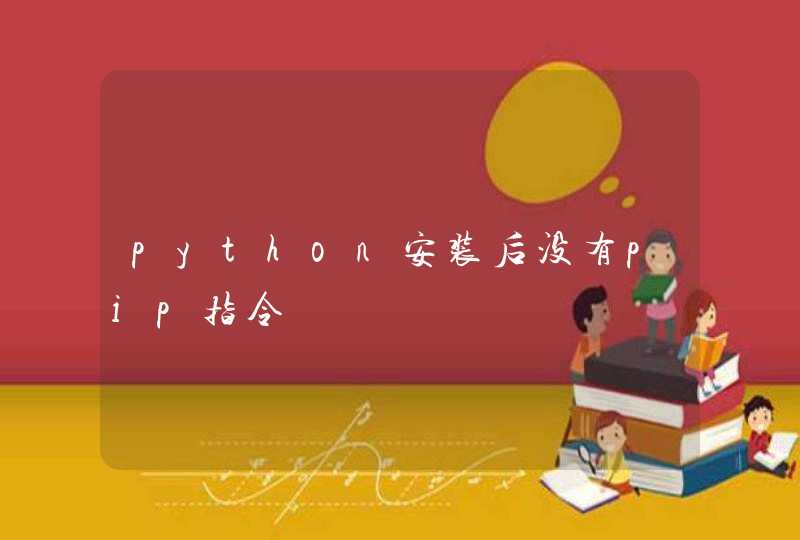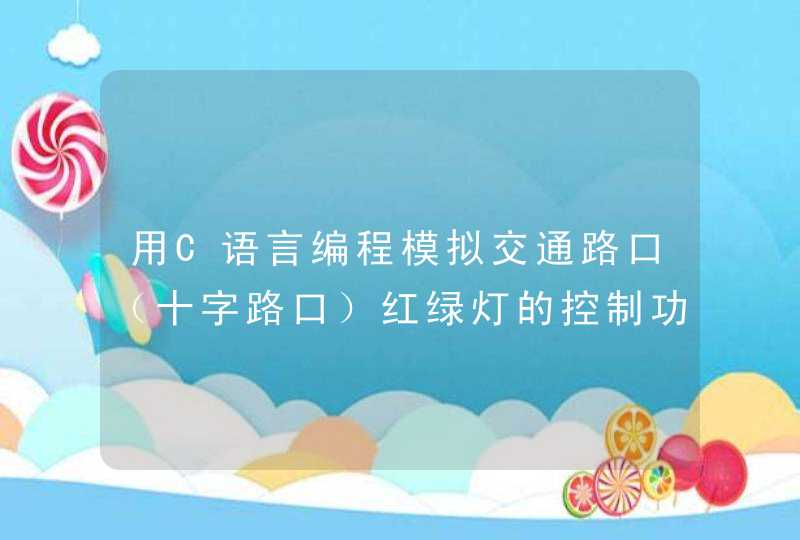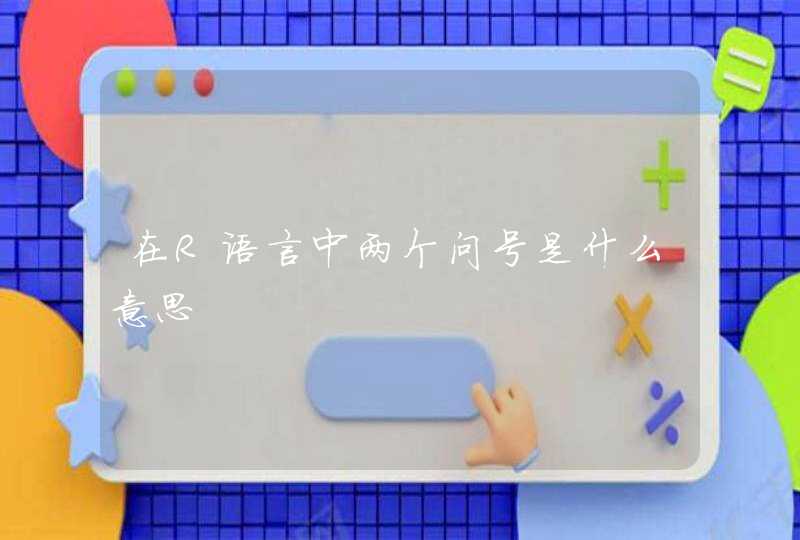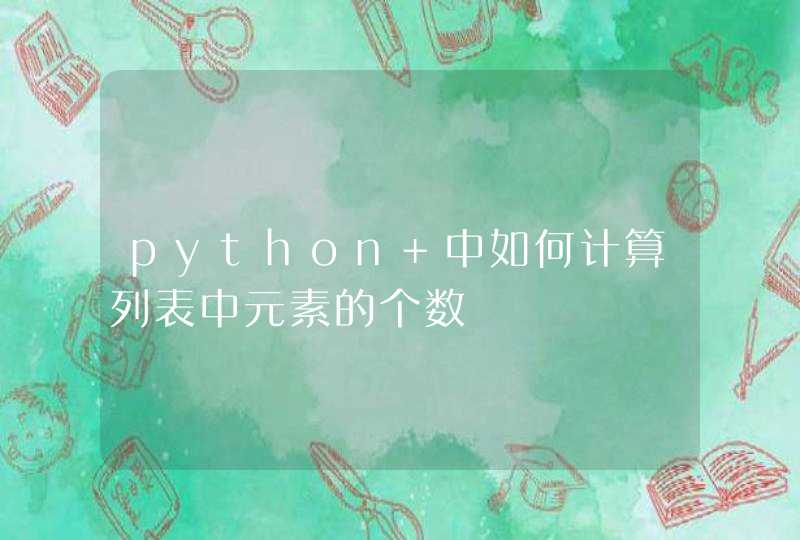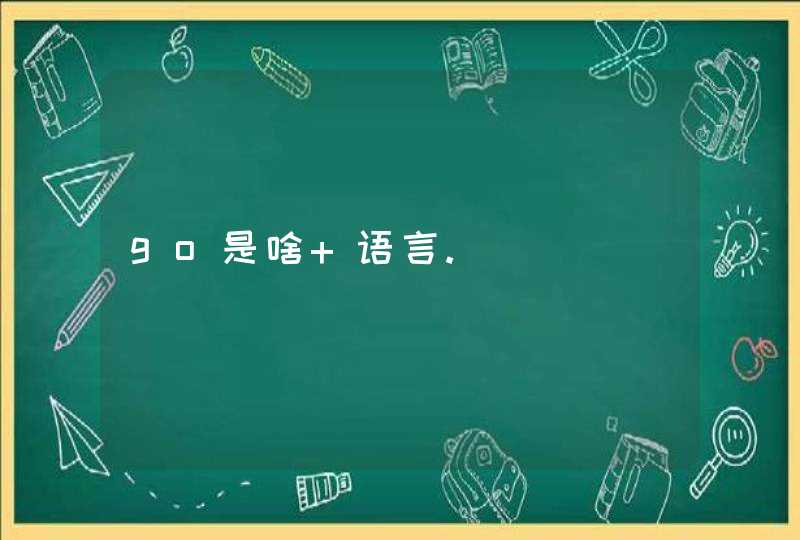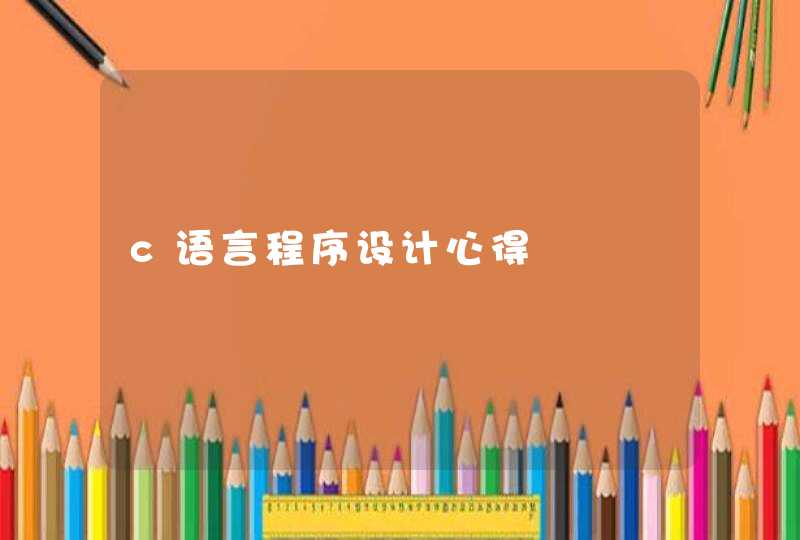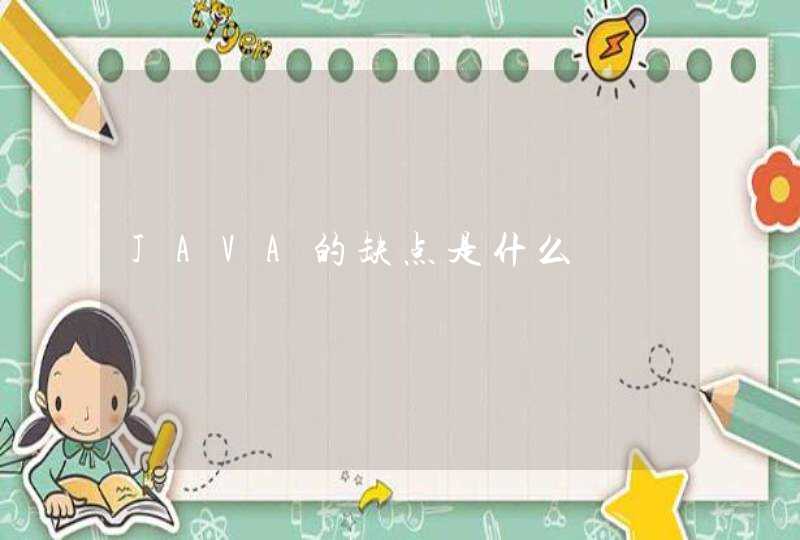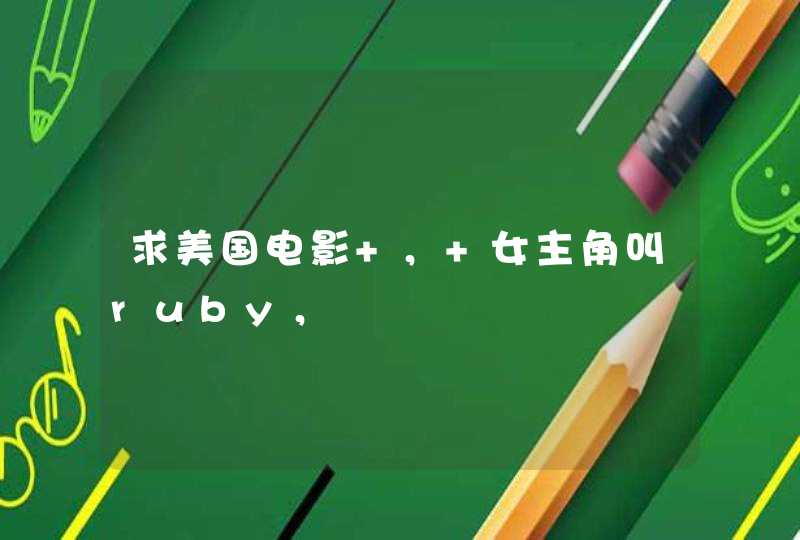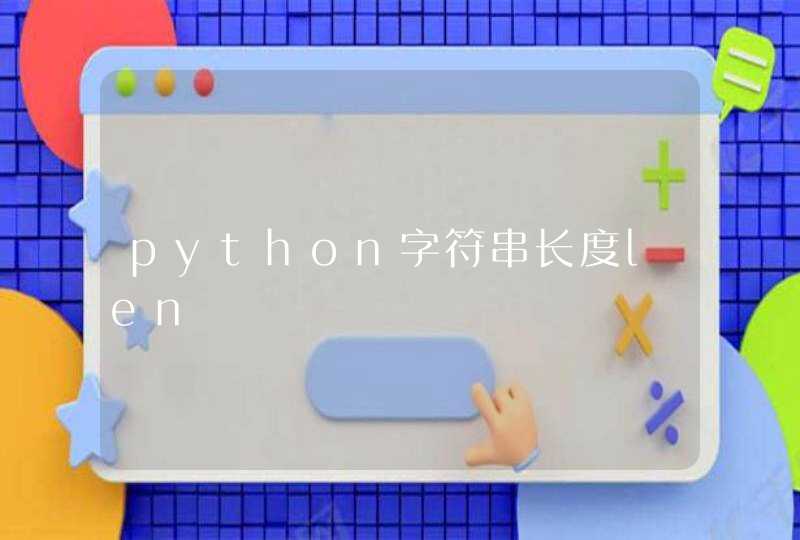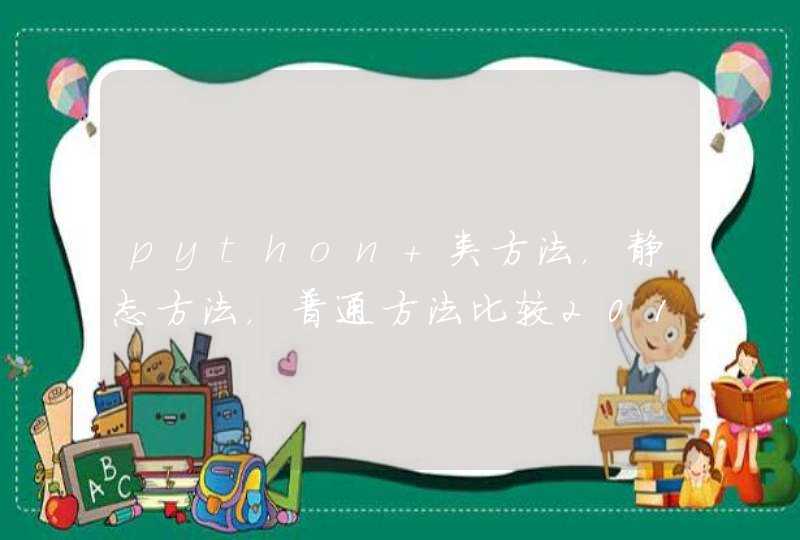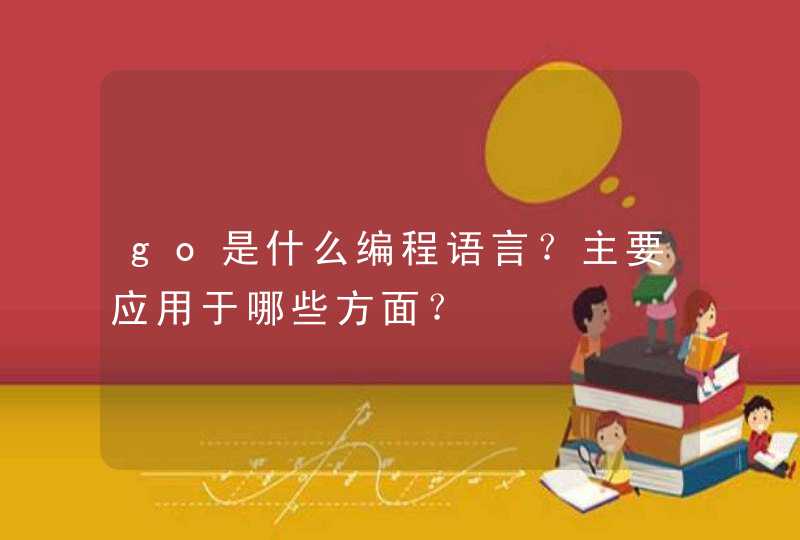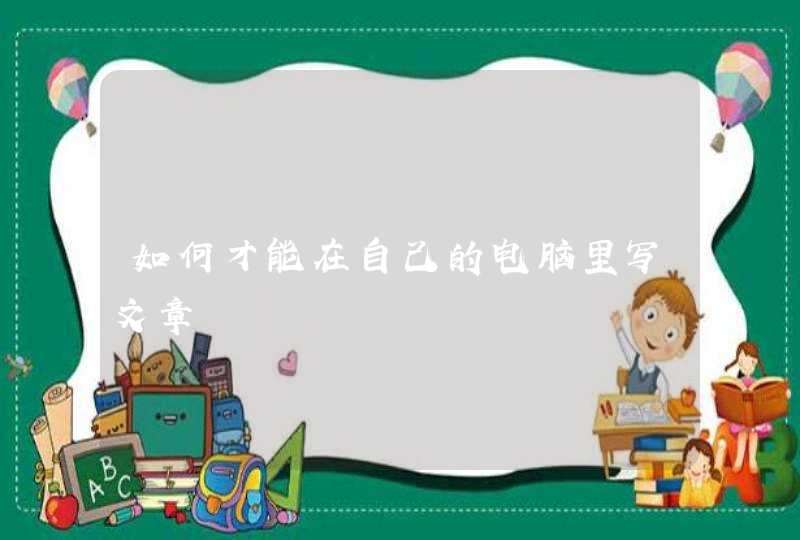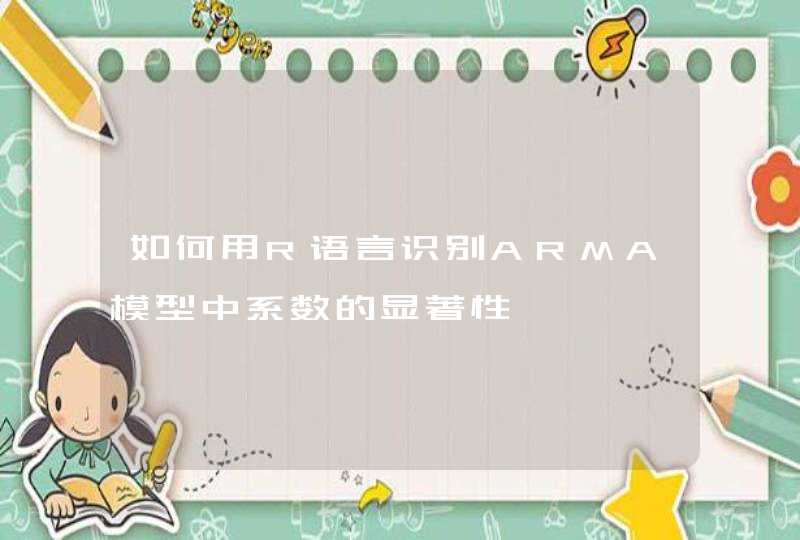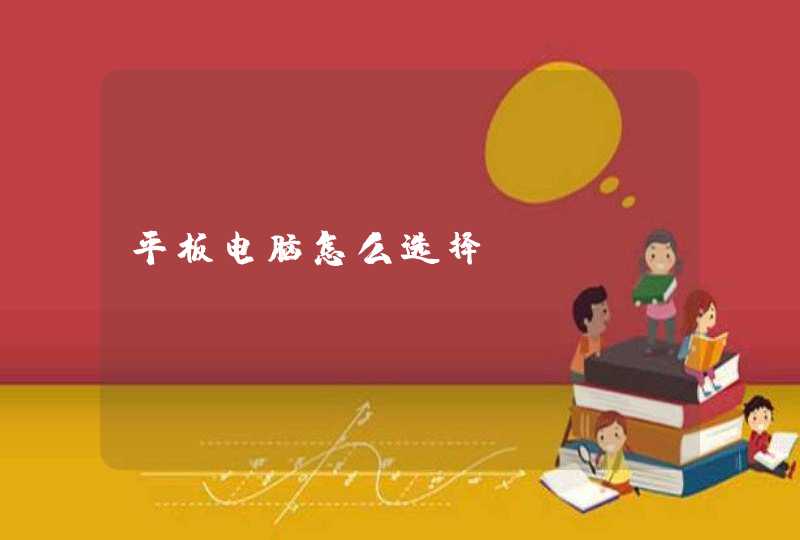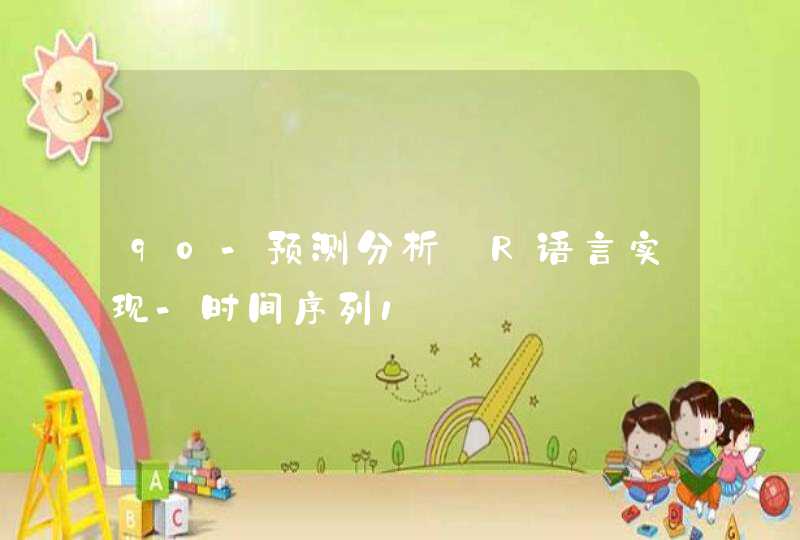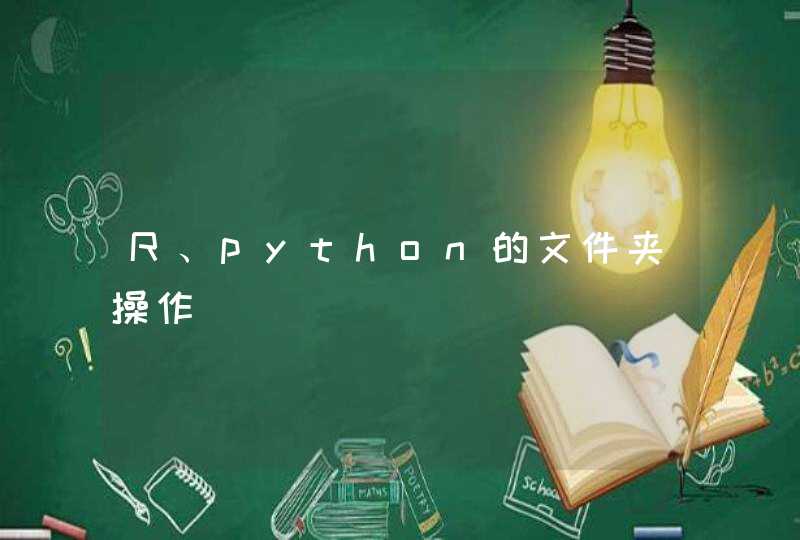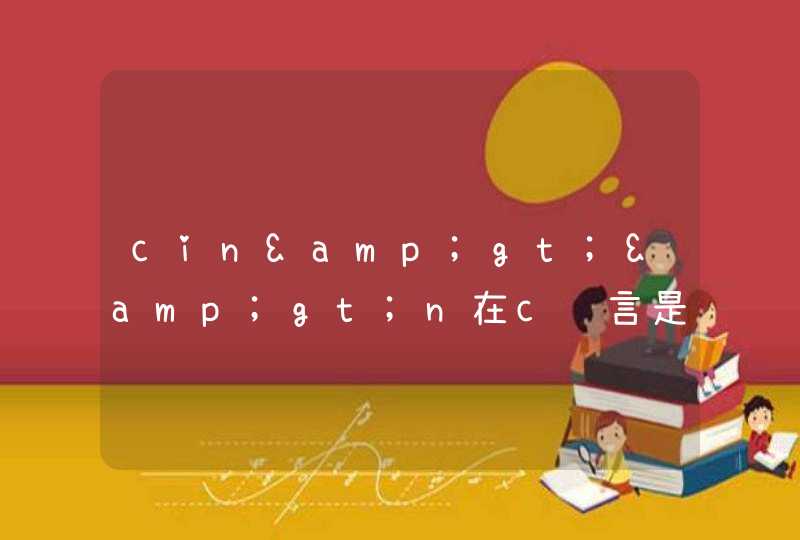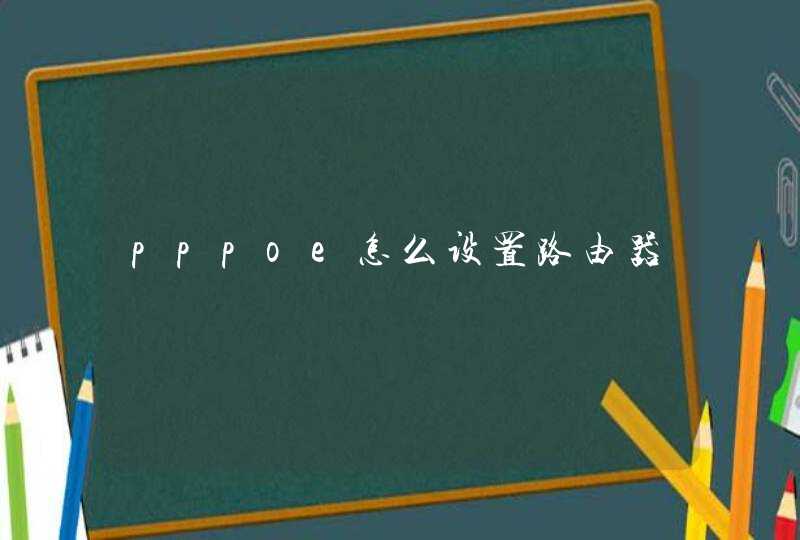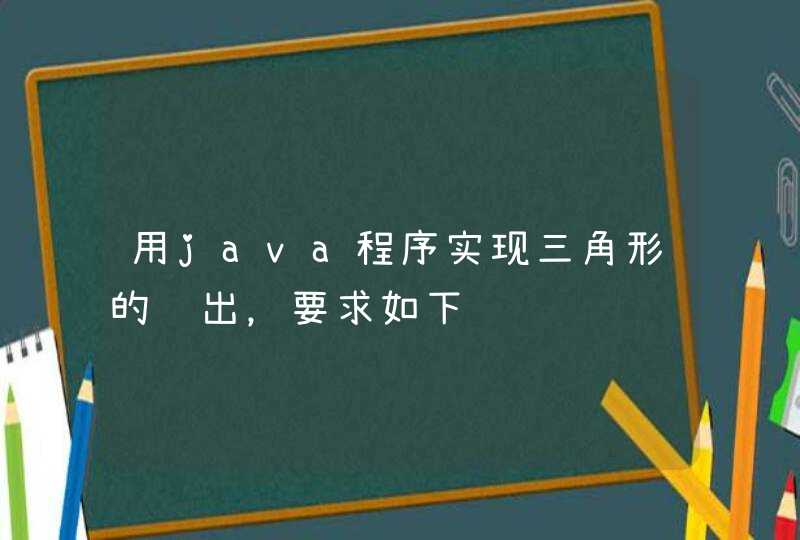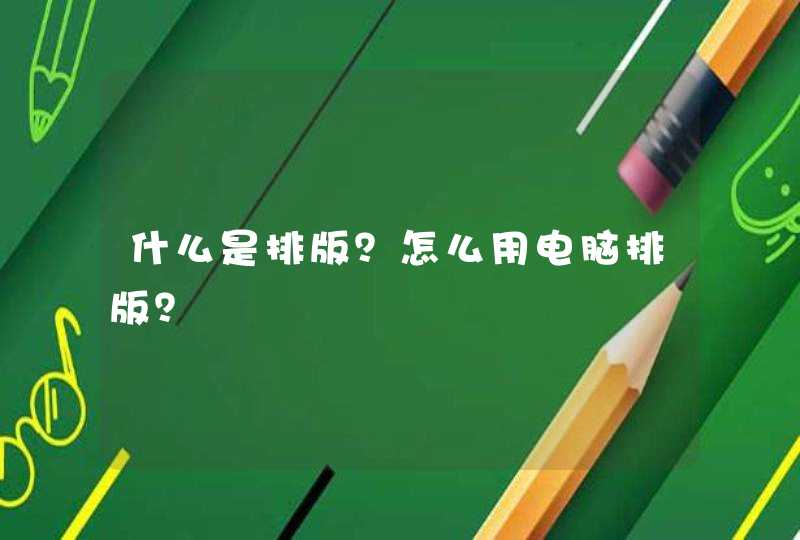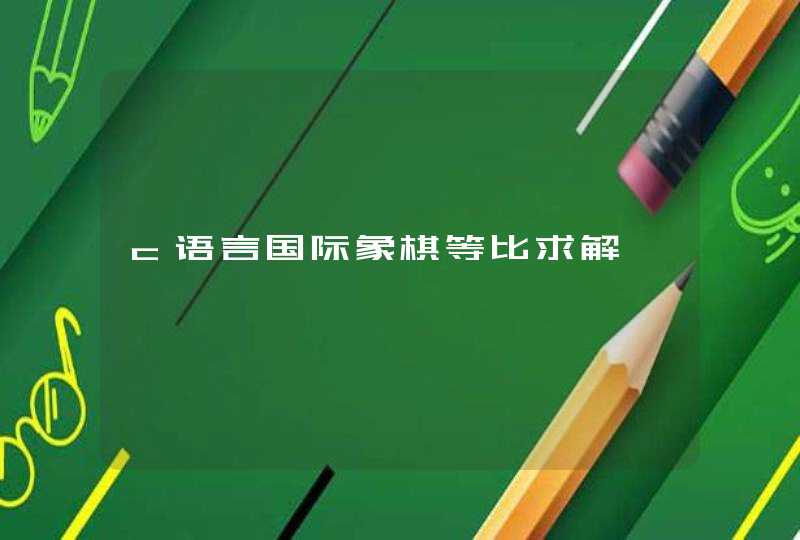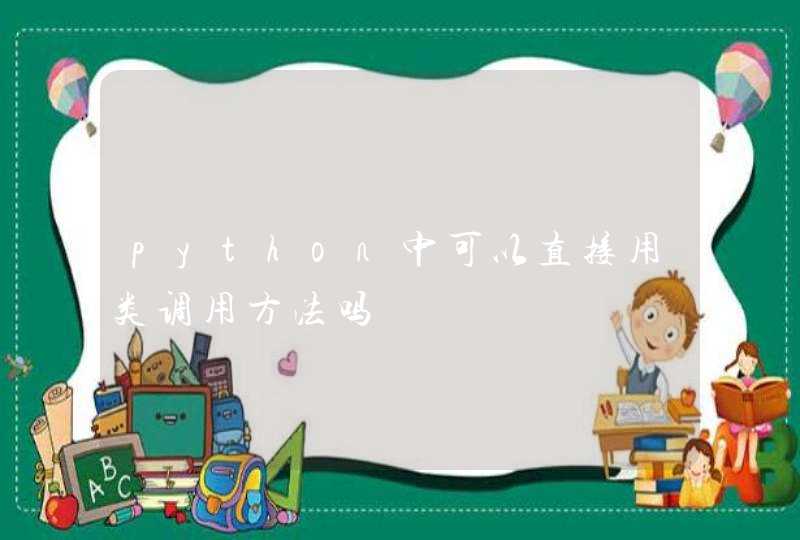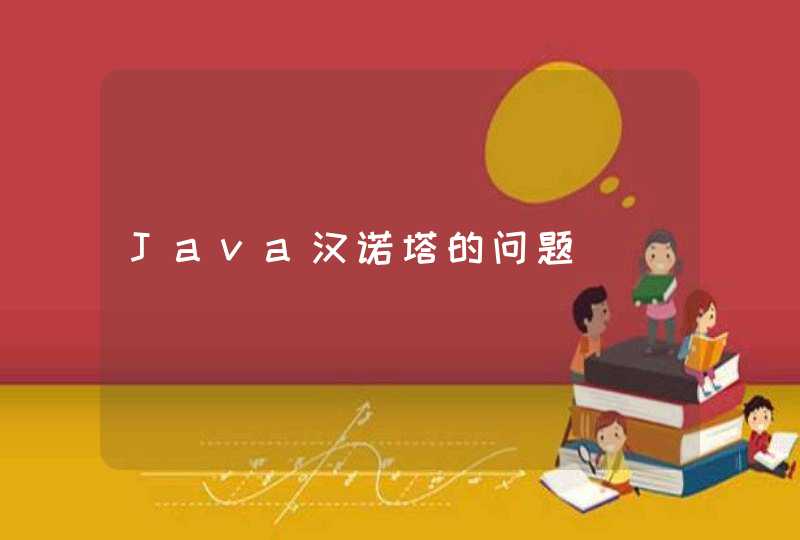
public class Hanoi {
private int num
private Peg[] pegs = new Peg[3]
public Hanoi(int num) {
this.num = num
pegs[0] = new Peg("A")
pegs[1] = new Peg("B")
pegs[2] = new Peg("C")
for (int i = num i > 0 i--) {
pegs[0].pushDown(new Plate(i))
}
}
public void start() {
multiMove(pegs[0], pegs[2], pegs[1], num)
}
/**
* Move a given number plates from one peg to another
* @param from from this peg
* @param to to this peg
* @param temp the temp peg to use
* @param count how many plates to move
*/
public void multiMove(Peg from, Peg to, Peg temp, int count) {
if (count == 1) {
move(from, to)
return
}
multiMove(from, temp, to, count - 1)
move(from, to)
multiMove(temp, to, from, count - 1)
}
public void move(Peg from, Peg to) {
Plate p = from.popUp()
to.pushDown(p)
System.out.print("Moving " + p.size + " from " + from.name + " to " + to.name + " ")
printPegs()
}
public void printPegs() {
System.out.println(pegs[0].name + ": " + pegs[0] +
" " + pegs[1].name + ": " + pegs[1] +
" " + pegs[2].name + ": " + pegs[2])
}
public static class Plate {
int size
Plate(int size) {
this.size = size
}
@Override
public String toString() {
return String.valueOf(size)
}
}
public static class Peg {
LinkedList<Plate> plateList = new LinkedList<>()
String name
public Peg(String name) {
this.name = name
}
public void pushDown(Plate p) {
plateList.push(p)
}
public Plate popUp() {
return plateList.pop()
}
@Override
public String toString() {
return plateList.toString()
}
}
public static void main(String[] args) {
Hanoi game = new Hanoi(3)
game.printPegs()
game.start()
}
}
这样应该可以了如果还有那个地方不懂的,建议你研究下汉诺塔算法
import
java.io.BufferedReader//引入IO包中的BufferedReader
import
java.io.IOException//引入IO包中的IO异常处理
import
java.io.InputStreamReader//引入IO包中的InputStreaReader
public
class
Hinoi
{
//主类
static
int
m=0//定义移动的次数
//主程序入口--main方法
public
static
void
main(String[]
args)
{
//创建BufferedReader对象,InputStream输入流
BufferedReader
bf
=
new
BufferedReader(new
InputStreamReader(System.in))
System.out.println("请输入盘子的个数:")
try
{
int
sl
=
Integer.parseInt(bf.readLine().toString())//接收总盘子个数
toMove(sl,"A","B","C")//调用移动方法
A-->C
}
catch
(NumberFormatException
e)
{捕获NumberFormatException异常
//
TODO
Auto-generated
catch
block
e.printStackTrace()//打印异常
}
catch
(IOException
e)
{//捕获IOException异常
//
TODO
Auto-generated
catch
block
e.printStackTrace()//打印异常
}
System.out.println("总共移动了:"+m+"
次数")//打印移动次数
}
//移动方法
private
static
void
toMove(int
sl,
String
one,
String
two,String
three)
{
if(sl==1){//如果只有一个盘子,则直接移动到C柱
System.out.println("盘子"+sl+"
从
"+one+"---->"+three)
}else{//如果总盘数大于1,则递归调用移动方法
//把所有的数量为sl-1的盘子全部从A移到到B(C作为一个过渡),好提供一个最下面的位置给最大盘子到C
toMove(sl-1,one,three,two)
System.out.println("盘子"+sl+"
从
"+one+"---->"+three)
//把所有的剩余的盘子从B移动到C(A作为一个过渡)
toMove(sl-1,two,one,three)
}
m++
}
}
